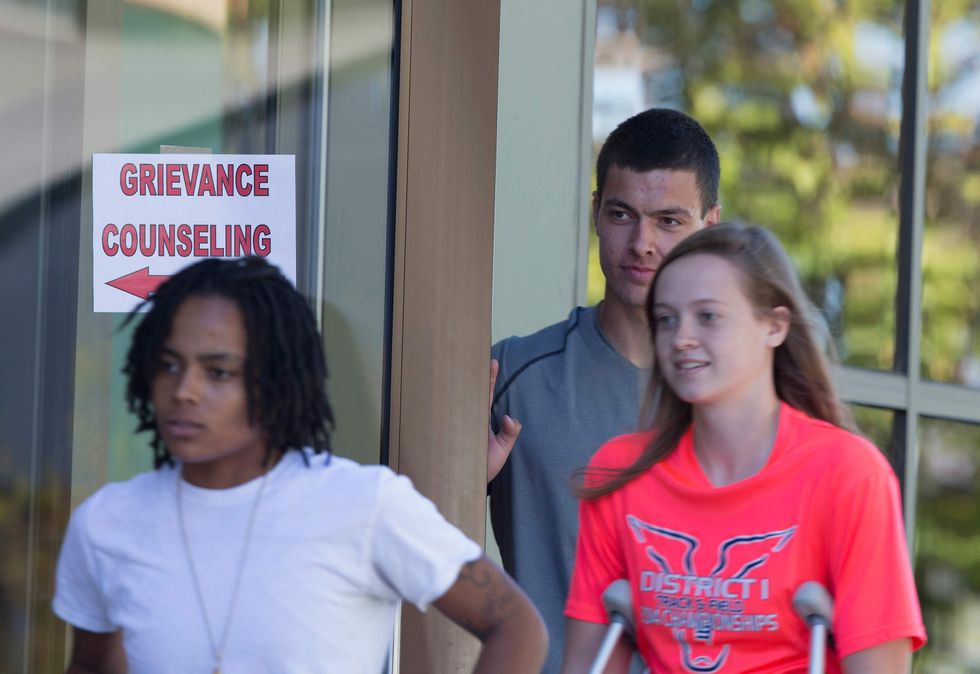
University of Minnesota's Student Association is instructing students to report incidents of bias to UM's bias response team based on whether or not they "feel" like they've experienced bias. (Getty Images)

The University of Minnesota Student Association is encouraging students to report incidents of bias based simply on whether or not they "feel" like they have experienced bias.
Students visiting the MSA website are told that bias can come in many forms — and not all of them will be overt. Some forms of bias will be subtle, the site explained, and it can be difficult to determine if an incident involves bias. In those cases, the MSA site advises, students should "trust their gut."
According to the Minnesota State Bias Response and Relief team, to which students are encouraged to report incidents of bias, a bias incident is defined as "an act of bigotry, harassment, or intimidation that is motivated in whole or in part by bias based on an individual's or group's actual or perceived race, color, creed, religion, national origin, gender, age, marital status, disability, public assistance status, veteran status, sexual orientation, gender identity, or gender expression.
"The best way to determine bias is your own feelings — if you feel like you may have experienced something that was wrong, then you likely have. It’s important to trust your gut when it comes to recognizing bias," the MSA site states. "Talking it over with trusted colleagues, friends, family, or others may help you determine whether or not the incident was based on bias toward you."
At the top of the MSA website, students are asked if they have experienced bias and can pick from two response options: "Yes" or "I'm Unsure." There is not a "No" option.
Clicking the “Yes” option leads to the next question, which asks the user whether he fears for his safety. Clicking “I’m unsure” sends the user to the section advising students to report bias based on their feelings.
The site also offers students links to report bias to the University of Minnesota Bias Response and Relief team, which "reviews and coordinates responses" to claims of bias but "does not itself have an investigative or disciplinary role." The team's site claims that incidents of bias undermine inclusivity and cause harm within the campus community "that must be addressed."
According to a 2016 survey by the Foundation for Individual Rights in Education, colleges and universities have increasingly encouraged students to "anonymously report offensive, yet constitutionally protected, speech to administrators and law enforcement" through bias response teams such as the one at University of Minnesota.
FIRE surveyed 231 bias response teams at public and private institutions. While some of these response teams would not offer up their members' identities, of those that did, less than a third included faculty members. FIRE claimed that the absence of faculty from response teams could result in a lack of understanding about academic freedom.
However, FIRE reported that 42 percent of these bias response teams include police or security officials. This "sends a message to students that undercuts claims of respect for freedom of expression: If you say something that offends someone, you may (or in some cases will) be investigated by police," FIRE said.